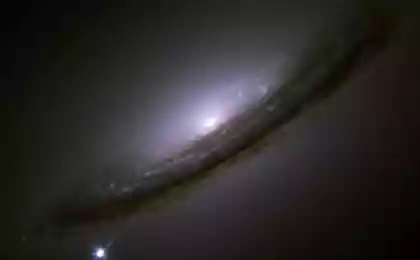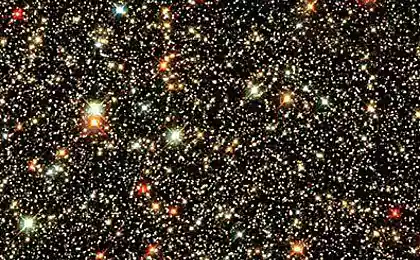204
The Hubble Space Telescope captured the collision of two galaxies

NASA’s Hubble Space Telescope captured a stunning picture of the collision of a large galaxy NGC 7714 with its smaller neighbor NGC 7715. According to astronomers, a similar cataclysm awaits our own Milky Way galaxy. In about four billion years, it will collide with our nearest neighbor, the Andromeda galaxy. The photo above is a composite image of many photographs taken by the Hubble Space Telescope in different wavelengths of light.
NGC 7715 is in the constellation Pisces and falls into the Wolf-Rayet starburst galaxy category because it consists of incredibly hot and relatively few living stars that make up its base. Sometime between 100 and 200 million years ago, NGC 7715 came so close to its galactic neighbor, NGC 1174, that it caused huge changes in the galactic structures of both objects.
As the two galaxies approached each other, the colossal gravitational forces began to change the galactic structures, which eventually led to the formation of irregularly shaped galaxies that we can see in the image above.
The larger galaxy has lost two long tails of stars and released a huge volume of galactic material into the space between the two galactic giants. As a result, a galactic bridge was formed between the two galaxies, through which a large amount of material from a smaller galaxy is taken to feed the bright star clusters of the larger galaxy NGC 7714.
The main contact of galaxies occurs in the galactic center of NGC 7714, but other regions of both objects are also involved. This observation suggests that in four billion years, when our Milky Way galaxy collides with the Andromeda galaxy, our planet may well be at the epicenter of the emergence of new stars of our nearest neighbor.
175587
Graphic representation of the collision of the Milky Way galaxy with the Andromeda galaxy, which will occur within 3.75 billion years
Source: hi-news.ru























